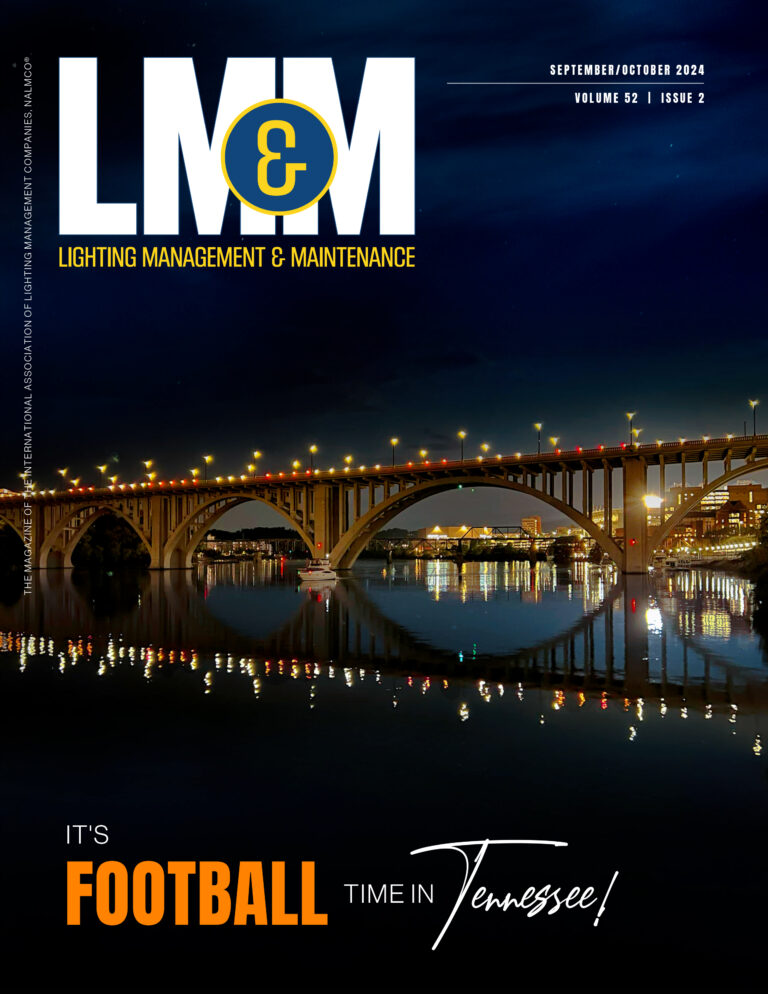In February of this year, Terry Clark, Founder and Chairman of Finelite, Inc. was asked to speak at his local IES San Francisco Section meeting. Specifically he was asked to address the following:
- Where are the opportunities?
- Where are the pitfalls?
- Which technologies will win?
- Which technologies will lose?
- What does it mean for us as an industry?
- What does it mean to us as individuals?
He gave the same talk at the IES Annual Conference last week in Huntington Beach. Below are my notes:
There are opportunities everywhere, but all segments will change. Pick a segment, any segment, and there will be growth and opportunity. Execute that segment flawlessly and choose partners carefully. Understanding the segments, while they are changing, is the difficult part. Some niches are opening. For example color and health may connect. Other niches are closing.
Change to take place quickly, recommends staying with tried and true approaches. Yet change occurs about three to five times longer than venture capitalist expect.
Lighting is a small part of a building’s cost maybe 5% to7%. Many owners don’t pay energy cost—the tenant pays and that is the problem.
Previously, lighting consumed 43% of a building’s energy budget. Today it is only 26%. Lighting has less leverage because of our own success.
As controls increase their penetration, there are real issues of who in the organization gets to control what, and to what level.
What technology will win? Solid state LEDs. For Example soon LEDs will be manufactured on metal flat board eliminating many of the printed circuit boards.
Legacy products probably won’t be viable in 15 to 20 years. The DOE has a war on the incandescent light bulb so that will go relatively quick, but the T8 and T5 fluorescent lamp will be one of the last legacy technologies.
What technology for general illumination will lose? OLED. At a recent DOE conference, a number of experts said OLEDs have missed major milestones. OLEDs need to deliver soon or refocus as a niche technology. Part of the issue is that OLEDs, being organic, must be housed in sealed vessels or they will oxidize. There is a compressing window because of the hundreds of millions of dollars being invested in LED. Think of OLEDs like luxury jewelry. There will be about beauty but OLEDs won’t be for the masses.
Mesh connectivity for office lighting will also lose. Current mesh control technology is a $5 solution for a $0.50 problem.
Major conglomerates see opportunity to gain share. Previously, with legacy products they were like sumo wrestlers, meaning very slow moves and counter moves. Today one large company is developing worldwide platforms, yet another is looking to vertical integration. A third is investing in robotics. How will all five or six industry leaders have the insight to make the correct changes? Organizations are being fine-tuned now and making big investments. They are getting advice from companies like Booz Allen Hamilton and McKenzie Advisors as the speed of change picks up.
Lighting companies must change faster than our customers. The culture should tolerate failure and embrace uncertainty. If the tests work, add more funding. If tests fail, stop. The key is to fail quickly.
Non-lighting folks are getting into our industry and new competitors are jumping into the space. They are VC funded and bring new style and urgency.
Large electronic companies are getting into lighting. It is possible to modulate the light from a single bulb at millions of times per second that creates bandwidth. Lamps could provide light and WI-FI.
Making light from sand is a technology that will mature at 280 LPW. It won’t be Moore’s Law.
Will Zhaga work? That is a Great Question – From my perspective – Probably not in the present form as it is difficult to hit the right lighting requirements. Let the market decide which fixtures work best. Then look for Zhaga 2.0—after the market has spoken.



